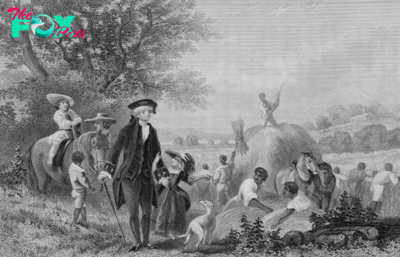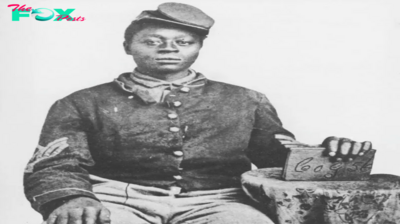History
8 historical facts about the shoes we wear every day: High heels are not for women
As one of the important objects in daily life, the History of footwear development has many interesting things that not everyone knows.
Shoes appear in our lives mainly with the purpose of protecting our feet from the effects of the external environment. But then, people began to use shoes to express themselves, as accessories to enhance their clothes, to show their status, etc. So in the process of development, throughout the long history of opinion, about shoes that have been changed over time and contain many interesting things.
1. Shoe size is measured in barley
Almost until the end of the 19th century, there was no standard shoe size like there is today. Therefore, the ancients used to measure the length of the sole of a shoe with the grain of barley. This practice is so common that at one point the grain of barley became the basis for a unit of measure, like the inch measurement. Currently, it is still an official unit of measure in the United Kingdom and Ireland.

2. Shoe shape depends on social class
When the trend of wearing high heels reached the lower classes of society, the aristocracy responded by making their heels even taller. Even the shoes of nobles made them extremely difficult to move, which signified that they did not need the comfort to work like the lower classes.
During the Renaissance, the richer and more powerful the people, the wider the square toe, while children mostly wore round toe shoes.

3. High heels were originally for men
Originally, high heels were made for men because it made it easier for them to ride horses. However, in the eighteenth century, men gradually fell out of favor with high heels, instead men’s heels began to get lower, on the contrary, women began to wear high heels more often.

4. Red sole shoes are a symbol of wealth
Christian Louboutin’s signature red-soled shoes have become a luxury shoe brand with their expensive and sophisticated modern days. However, in the 17th century, men’s red high heels were a symbol of wealth. At one point, King Louis XIV even issued a law forbidding anyone who did not wear red-soled shoes into his court.


5. Men want their wives to wear high heels for a special reason
In the 15th century, men wanted their wives to wear shoes with very high soles, called chopines. But they want this not for the sake of beauty but for their wives not to run after other men.
Along with the popularity of high heels, which were popular for women at the time, the law in Venice (Italy) also banned women from wearing these shoes due to too many accidents caused by women being injured. reported falls.

6. The birth of “sneakers”
Sports shoes, also known as “sneakers”, an indispensable item of not only fashion lovers but also those who love comfort, were actually invented in the 19th century. At first, the These shoes are worn by guards because they don’t make any noise thanks to the rubber soles underneath the shoes. Therefore, it was called “sneaker” by inmates.

7. Before the 19th century, we didn’t have left and right shoes
We often think that only children mistake the shoes for the left or the right but few people know that it was not until the 19th century that people really divided the left and right shoes?
Accordingly, before the 19th century, shoes were made equally to fit both feet. Therefore, people who wear shoes do not need to distinguish left or right when walking, but it also makes moving a bit more inconvenient than now.

8. The first women’s boots worn by Queen Victoria
Joseph Sparkles designed the first women’s boots for Queen Victoria. He introduced shoes without buttons, without laces or even shoes without heels. The idea of creating this simple patent was to bring comfort to the wearer and make it so popular that today, boots are still a favorite item of many people.

-

 History5h ago
History5h agoEven George Washington Was a Tyrant
-

 History22h ago
History22h agoWhat Democrats Can Learn from America’s First Black Voters
-

 History1d ago
History1d agoHow Celebrities Changed America’s Postpartum Depression Narrative
-

 History2d ago
History2d agoThe Woman Whose Crusade Gave Today’s Book-Banning Moms a Blueprint
-

 History1w ago
History1w agoHow Black Civil War Patriots Should Be Remembered This Veterans Day
-

 History1w ago
History1w agoThe Democratic Party Realignment That Empowered Trump
-

 History1w ago
History1w agoWhy People Should Stop Comparing the U.S. to Weimar Germany
-

 History1w ago
History1w agoFlorida’s History Shows That Crossing Voters on Abortion Has Consequences



























